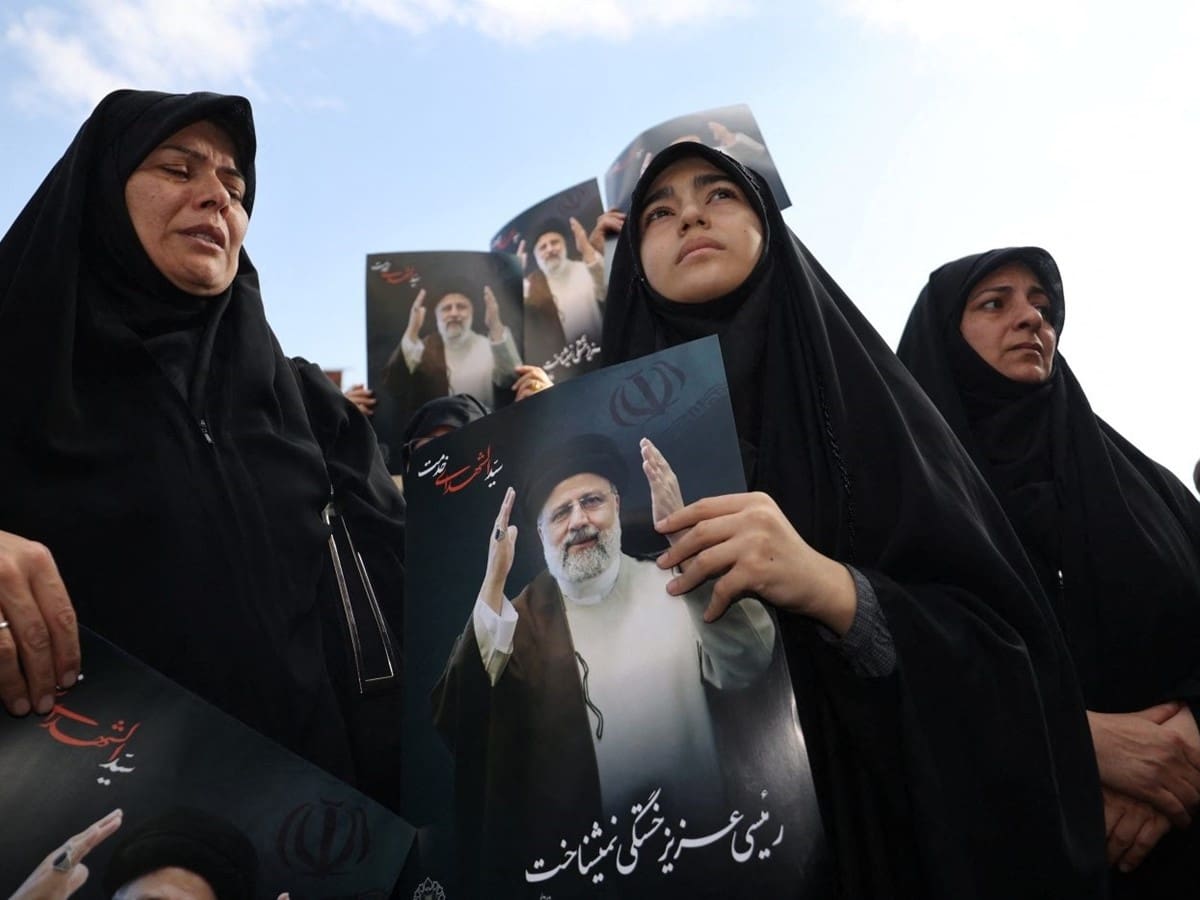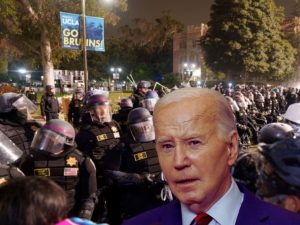Unfavourable weather conditions, technical malfunction, sabotage: the crash of the Bell 212 helicopter with the president of Iran Ebrahim Raisi on board continues to be a focal point of discussion on the Middle East agenda. But what is the reality of what happened? And is a theory of US involvement legitimate?
Raisi: what we know so far
The preliminary report issued by the general staff of the Iranian Armed Forces which was supposed to clarify the circumstances of the tragic event, did not put an end to the speculations.
Although the document explicitly states that no impact of bullets or other striking elements was found on the remains of the aircraft, the idea that the presidential helicopter was sabotaged remains on the list of the possible explanations.
However, officials, even Iranians themselves, take great effort to abstain from any statements that could encourage the supporters of this theory.
Perhaps, former Iranian foreign minister Mohammad Jawad Zarif came the closest to a real accusation: he said that the US is responsible for the crash, but only in the sense that Iran is subjected to US sanctions prohibiting sale of aircraft and technologies.
Judging by Zarif’s words, even in their accusations directed to the US Iranian officials actually consider technical malfunction of a decades old helicopter to be the reason of the incident.
Amazingly, Western officials, experts, and media don’t voice any substantial objections. Spokesman of the State Department Matthew Miller stated that Iran often uses its aircraft well beyond the lifespan due to the punitive measures against the country. Washington does not plan to cancel the sanctions, he added.
Miller’s remarks were followed by multiple articles in the US media. The technical malfunction theory was embraced and promoted by the Washington Post, Forbes, Bloomberg, and other publications. Bell Tech corporation, the manufacturer of the crashed helicopter, insisted it had no working relations with Iran as well.
It is the technical malfunction theory, that has apparently become the main lead, solid? We’ll try to look into it by working with the available data.
Technical malfunction? Weather?
On 19 May, Ebrahim Raisi and his Azerbaijani counterpart Ilham Aliev took part in an inauguration of a dam on the Araks river at the Iran-Azerbaijan border. After the ceremony Raisi, foreign minister Hossein Amir-Abdollahian, and Tebriz imam Mohammad Ali Ale-Hashem set for Tebriz.
All of them went aboard of the same Bell 212, although there were three aircrafts available. They flew over a mountainous region of the Iranian Eastern Azerbaijan province. Two helicopters arrived safely to their destination, but the president’s aircraft lost radio contact.
After hours of search and rescue operation that was joined by Turkish UAVs and specialists at the request of the Iranians, the emergency responders located the crash site. All passengers, including imam al-Hashem, who had previously managed to respond to a number of phone calls, were found dead.
It should be noted that Raisi initially planned to visit Armenia that day, while Amir-Abdollahian was to inaugurate the dam with Azerbaijan’s Aliev, but the plan had been changed because of diplomatic protocol.
Poor weather conditions were cited as the initial reason for the crash. Indeed, in the first few hours after the presidential helicopter went off the radar local media reported about an extremely heavy fog in the area.
Back then it was speculated that the pilot could have failed to evade obstruction due to low visibility or simply made an emergency landing in accordance with safety regulations. Experts on aviation later stressed that the pilot even had the right to refuse to take off in such weather conditions.
Iran: elements of doubt
However, Golamhossein Esmaili, presidential chief of staff who was aboard another helicopter, explained to the Iranian media that the weather conditions were actually not so unfavorable as it might have seemed.
There was no fog. Maybe in the ravines there was fog, but there was no fog on our flight route. Clouds were slightly above the helicopter.
There were three helicopters flying the same route. Could it mean that none of the pilots believed the fog to be a risk? Or they decided to shrug it off, as well as the regulation that prohibits multiple high-ranking officials from boarding the same aircraft?
This strange chain of coincidences provided a fertile ground for another theory: the president of Iran was assassinated and became a victim of an internal power struggle. Turkish experts point out that Raisi was believed to eventually succeed Ayatollah Ali Khamenei as the supreme ruler. After his demise, the list of contestants is down to Khamenei’s son Mojtaba and the speaker of parliament Mohammad Bagher Ghalibaf.
Casting internal conflicts aside, it could be that Raisi’s death was orchestrated by external actors.
Israel and the US
Both Israel and the US are in confrontation with Iran. They are also allies with Azerbaijan, providing them with motive as well as capability to strike out at the Iranian leader.
At this point it would be premature to accuse Israel. After the recent escalation between Tel-Aviv and Tehran they reached a fragile balance, one that Israel is keen to secure as it continues its military operation in the Gaza Strip. ‘
This is why the Israeli media just hours after the first reports of the helicopter disappearance hurriedly announced that Israel is not responsible for the incident. Or, perhaps, it was not a statement of denial, but a hint: we didn’t do it, but we know who did.
The US chose another tactic: instead of denials they came up with a fully-fledged theory – technical malfunction – which returns us to the cynical statement by Matthew Miller: yes, the helicopter of the Iranian president crashed because of US sanctions, but the Iranians are to blame.
Could it be that Washington bears not circumstantial but rather direct responsibility for the incident?
Iran-Raisi crash: we won’t know yet
There are some arguments in favour of this theory: US special services could have easily reached out to the aircraft manufacturer to establish weak points of the helicopter and select an appropriate way to attack them.
The conclusion about the absence of bullet impact made by the Iranian general staff adds to the possibility that the helicopter was sabotage by other means to cover the tracks.
What were these means, and who used them – this is what the investigation must establish.
Featured image via CEPA
By Hakan Demir




